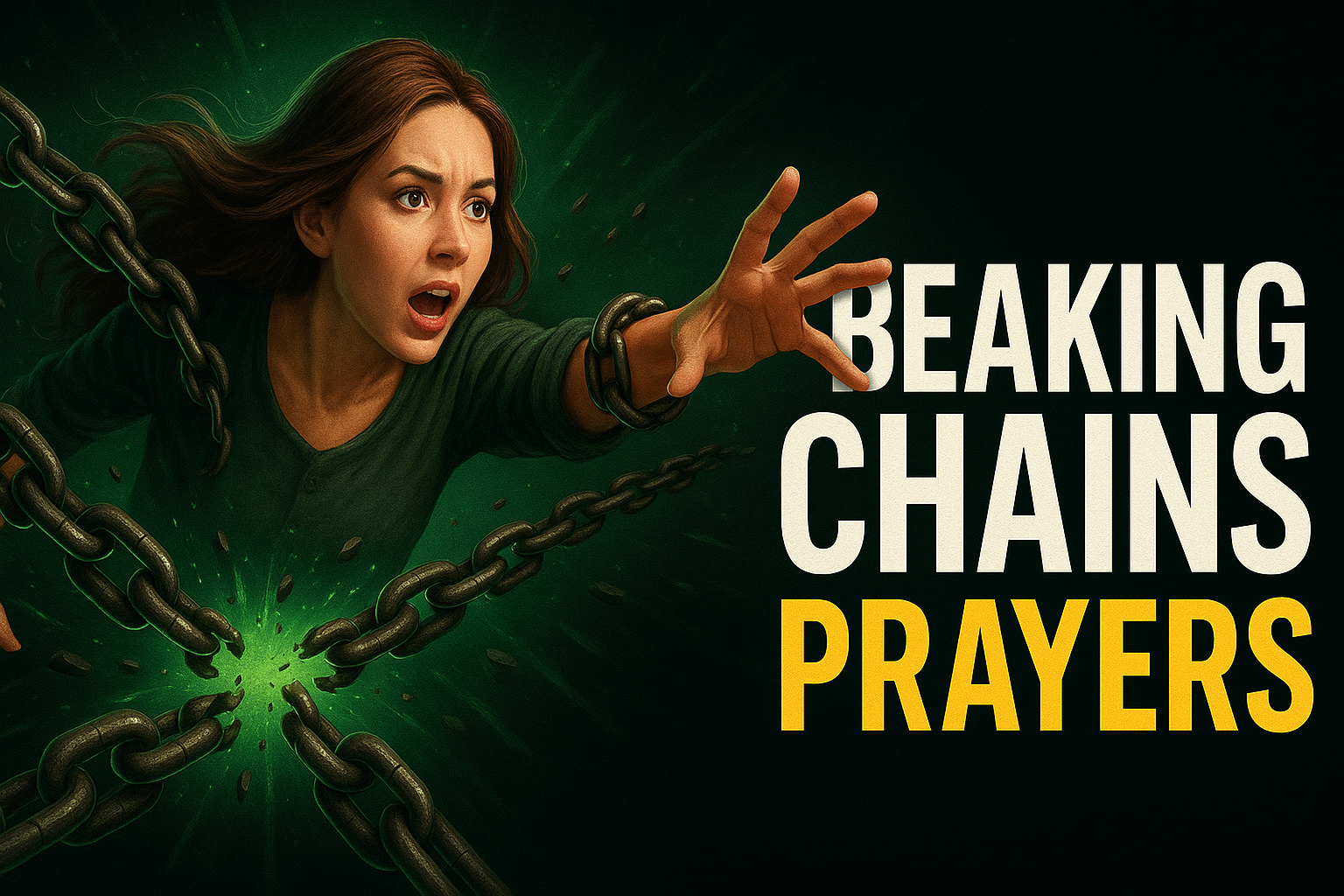
Okay, here’s the expanded question:
What exactly is quiet obedience, particularly in a structured hierarchical environment like a workplace or a military organization, and what behaviors does it specifically entail? I’m interested in exploring the nuances beyond simply following orders. Does it imply agreement with the order, or simply a suppression of dissent? What are the potential motivations behind quiet obedience – fear of repercussions, respect for authority, belief in the mission, or something else entirely? Furthermore, what are the potential benefits and drawbacks of a culture that encourages quiet obedience, both for the individual and the organization as a whole? I’m also interested in any historical or philosophical perspectives on this concept.
Answer
Quiet obedience refers to compliance with directives or rules without outward resistance, questioning, or complaint. It signifies adherence to authority or established norms demonstrated through action rather than vocal agreement or disagreement. It is not necessarily an indicator of internal agreement or belief.
Key Entailments:
- Action-Oriented Compliance: The primary focus is on performing the required task or following the instruction. The act of obedience is the central aspect, regardless of internal feelings or opinions.
- Absence of Vocal Opposition: There is no overt dissent, argument, or challenge to the authority figure or the command itself. This includes refraining from open disagreement, criticism, or negativity.
- Suppression of Open Complaint: Concerns, doubts, or negative feedback are not expressed openly. The individual may harbor reservations but chooses to keep them private.
- Acceptance of Authority (De Facto): It implies at least a pragmatic acceptance of the authority’s right to give commands, even if the individual doesn’t personally respect or agree with the authority figure. This acceptance stems from a recognition of power dynamics or potential consequences of disobedience.
- Focus on Execution: Emphasis is placed on efficiently and accurately carrying out the order. Attention is directed towards the practical aspects of compliance rather than debating its merits or demerits.
- Potential Internal Dissonance: Individuals practicing quiet obedience may experience internal conflict between their personal beliefs and the required action. This dissonance can arise when the order clashes with their values or principles.
- Ambiguity of Motivation: It can be difficult to ascertain the underlying reasons for quiet obedience. It could stem from genuine agreement, fear of repercussions, a desire for social harmony, or a calculated strategy for personal gain.
- Dependence on Context: The interpretation and implications of quiet obedience are highly dependent on the specific context, including the nature of the command, the relationship between the parties involved, and the broader social or organizational environment.
- Risk of Passivity: If habitually practiced, quiet obedience can lead to a passive acceptance of unjust or unethical directives. Individuals may become less inclined to question authority or challenge the status quo, even when necessary.
- Potential for Misinterpretation: Authority figures might misinterpret quiet obedience as genuine agreement or support, which could lead to them reinforcing harmful practices or policies.
- Differing from Blind Obedience: It’s not necessarily "blind" obedience. While there’s no outward resistance, the individual might still be aware of the situation and its potential consequences, but they choose not to voice their concerns.
- Alternative to Active Resistance: It can be a strategic choice when open resistance is perceived as too risky or futile. It may represent a subtle form of self-preservation or a calculated attempt to minimize negative consequences.
- Ethical Considerations: The ethical implications are complex, especially when the order is morally questionable. It raises questions about individual responsibility, the balance between obedience and conscience, and the potential for complicity in wrongdoing.
- Organizational Implications: In organizational settings, quiet obedience can contribute to efficiency and stability, but it can also stifle innovation, critical thinking, and ethical decision-making.
Pray This Prayer
Heavenly Father,
I come before you today seeking a deeper understanding of “quiet obedience.” What exactly is it? Lord, I confess that my heart is often filled with questions, doubts, and a strong desire to forge my own path. Help me to understand what it truly means to obey you in a way that is both silent and steadfast.
What does quiet obedience entail? Does it mean silencing my voice, suppressing my concerns, and blindly following without understanding? I pray that it is not a surrender of my mind, but a surrender of my will to your perfect plan. Show me how to align my heart with yours, so that my obedience flows from a place of trust and love, not from fear or obligation.
Help me understand that quiet obedience requires listening intently to your still, small voice amidst the noise of the world. It requires discerning your will through prayer, scripture, and the counsel of wise believers. It entails trusting that even when I don’t understand the path you’re leading me on, you have a purpose and a plan for my life that is far greater than I can comprehend.
Teach me to accept your timing, even when it feels slow. Grant me the patience to wait on your direction, resisting the urge to rush ahead or take matters into my own hands. Empower me to act with faith and courage, knowing that you are always with me, guiding and protecting me.
Help me to embody quiet obedience, not as a passive resignation, but as an active and intentional choice to surrender to your loving authority. May my actions be a testament to my trust in you, reflecting your grace, love, and peace in all that I do.
In Jesus’ name I pray, Amen.
